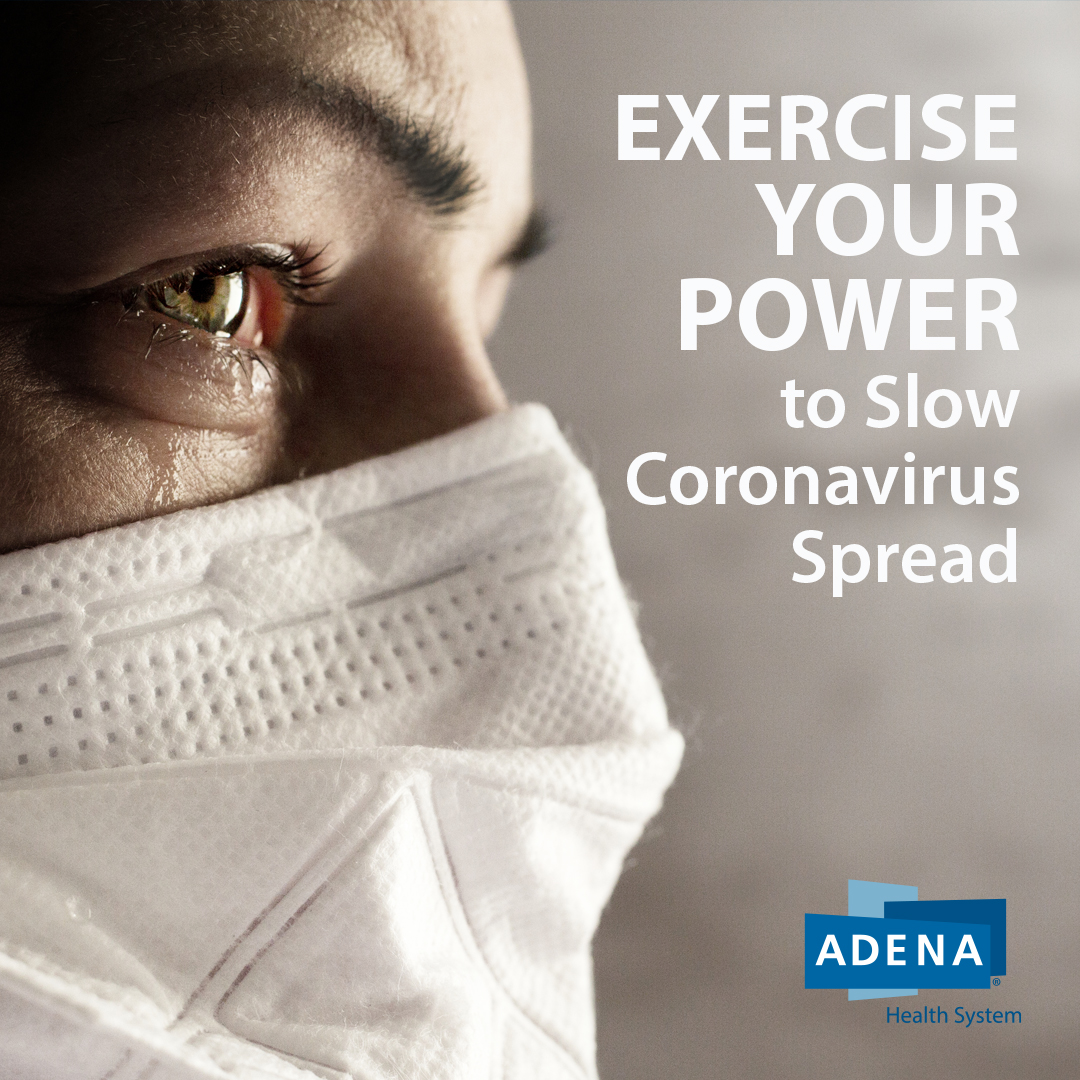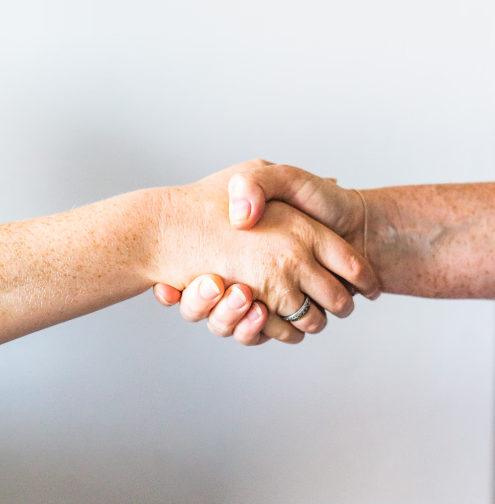Exercise your power to slow Coronavirus spread

As you prepare to leave home and stare at that mask on the dresser -- deciding whether you want to put it on -- spend a minute thinking about those who may be impacted by your decision.
Think about the people who have contracted the Coronavirus and seen it negatively impact or even end their lives. Think about children fearful of getting too close to parents in self-quarantine or families with empty chairs at the dinner table. Think about those physicians, nurses and other hospital staff members putting themselves and their families in harm’s way to care for yours -- battling exhaustion and much worse in the process.
Then put yourself in their place.
“I’ve had so many one-on-one conversations with the nurses working the COVID unit and I’ve been completely humbled by their experiences because it’s not so much about the workload, but it’s about the emotional piece of it – not just what’s happening in their 12-hour shift, but how it’s impacting them personally,” said Lometa Smith, Director of Nursing at Adena Health System. “We’re dealing with a group of nurses that typically, prior to (the Coronavirus), rarely saw a death on that unit. Now, it’s something that they have had to learn to deal with.”
Think about that for a moment. They’ve had to learn to deal with it -- learn to deal with the deaths of people they’ve provided care for and gotten to know over days and weeks in the hospital.
Could you do that?
Unfortunately, in the communities served by Adena, not everyone is thinking about their decisions in those terms. Whether due to COVID fatigue, claims masks are uncomfortable or infringe upon personal freedoms or simply accepting the virus as a “new normal,” area residents who generally wore face coverings in public early in the pandemic have been moving away from the practice, even while more counties move into the Ohio Department of Health’s orange and red zones indicating a high incidence of the virus.
COVID-19 hospitalizations across southern Ohio and the rest of the state are experiencing a fresh surge, putting strains on hospital beds, ventilators, ICU beds and hospital staffing. More than 40 of Ohio’s 88 counties – including Ross, Pike, Highland and Fayette – are listed as red on the Ohio Department of Health’s Public Health Advisory System, the third of four levels of public emergency indicating high exposure and spread with a recommendation for residents to limit activity as much as possible. Many of those counties, including the four mentioned above, also were labeled as having a high incidence of cases – putting them just one step below a Level 4 purple designation carrying a recommendation that residents only leave home for supplies and needed services.
While the health care services provided by Adena have spent the first seven months of the pandemic preparing to handle case surges, the size of those surges -- which can be limited by following simple preventative measures such as universal face masking, social distancing and good hand-washing practices – is a critical factor in that response. Recent peaks in hospitalizations in Adena’s COVID unit have created a strain both within the unit and elsewhere. To help handle the load, Adena moved some of its acute care patients to its critical access hospitals in Greenfield and Waverly offering the same quality of care. The Health System also reached an agreement with the Ohio State University Wexner Medical Center to have OSU take Coronavirus patients should Adena’s unit reach its patient limit. In another example of health systems looking out for each other in times of crisis, Holzer Medical Center in Jackson also offered to take COVID patients if necessary.
According to the Ohio Hospital Association, hospitals have been working locally, regionally and statewide on preparedness through data collection, modeling and planning coordination in an effort to prepare for worst-case scenarios of pandemic spread. Individually, hospitals, clinics and physician offices are ensuring patient safety by actively cleaning areas and surfaces, limiting the number of visitors, screening visitors for signs of Coronavirus and following other protocols so that Ohioans can keep up with their preventative and routine health care that is also essential to have addressed.
The OHA recently launched a $1 million public awareness campaign, “Do the Right Thing,” to encourage actions that can limit the spread of the virus and to showcase the efforts of healthcare workers on the front line of the fight against it.
The toll of surges on front-line healthcare workers is significant. Besides the mental strain of regularly putting themselves at risk of exposure to the virus, they often find themselves spending more time away from their own families, working long hours, covering shifts for co-workers and sometimes taking on additional tasks beyond their own job descriptions when patient loads increase dramatically.
The recent case surges come at a critical time. Months of colder weather loom close on the horizon, which will limit people’s activities and force them indoors where air is recirculated through enclosed spaces. The traditional cold and flu season is in its early stages. The approaching Thanksgiving through New Year’s holiday season will have scores of people weary from COVID fatigue desperate to gather with friends and family.
As much as they may want to forget the pandemic for a little while, it’s going to become more important than ever for people to recognize the situation for what it is and to take the actions each individual has available to them to fight back.
“When you look at the numbers, they’re real,” said Rhett Holland, Adena Vice President of Quality and Safety. “COVID is still a deadly virus and the one thing it needs more than anything else is us. It needs us to spread. It needs us to survive.”
It’s time, therefore, for each of us to take back the power that will ensure that businesses stay open, our economy rebounds, our health care system remains fully functional and our children can continue to stay involved in sports and other activities. It’s time to take a stand to protect yourselves, your neighbors, your loved ones and those you pass in a grocery store aisle or stand next to in line at the post office.
That power is simple to summon. Wear a mask. Practice frequent and vigorous handwashing. Stay at least six feet apart from others. Avoid large gatherings of people.
The power to help end all of this exists. Ultimately, it rests with you.

